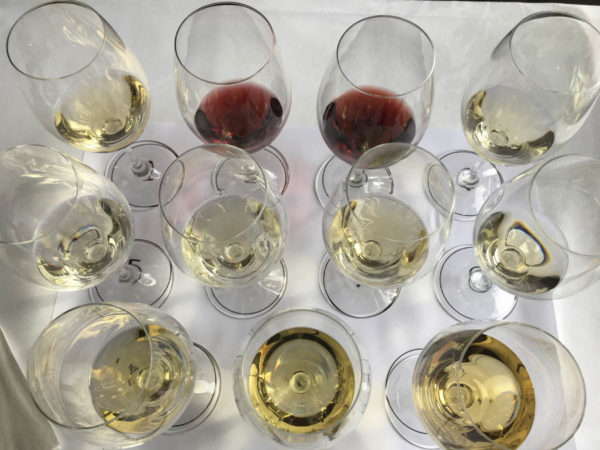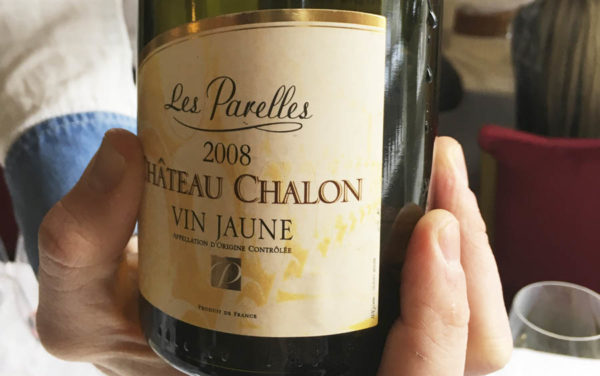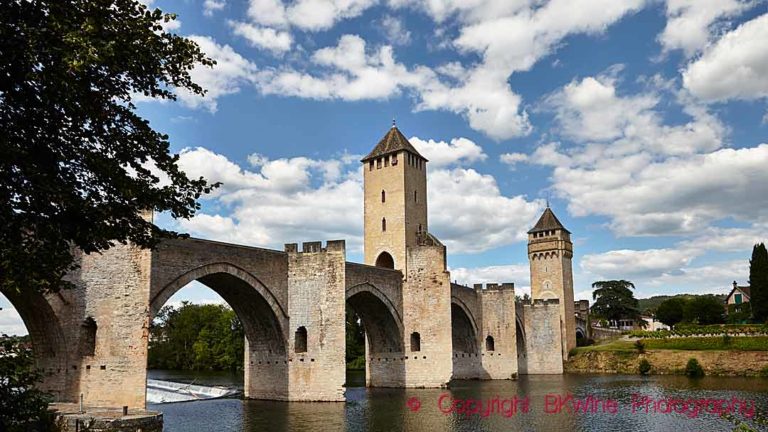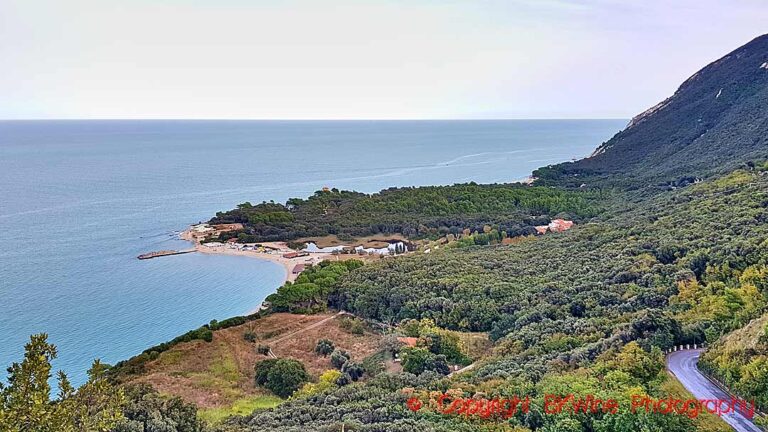Jura is the smallest wine region in France. Although the region is small, there is plenty to choose from. The region’s wines are of high quality and there are many different wines to discover. BKWine Magazine’s Henrik Stadler was in place at a Master Class of Jura in Stockholm.
Jura is the smallest wine region in France, located in an area in the northeastern part of the country, on the border to Switzerland. Alsace is the northern boundary, Savoie the southern and Burgundy is to the west. The area is about fifty miles long (80km) and rather narrow. Production takes place on about 5000 acres (2000 hectares) around a hundred villages. Most of the more than 200 wineries in the area are quite small. The production is based on the three categories, crémant, red and white wine. These account for about ninety percent of the total production. Five percent is the sweet fortified wine Macvin. Four percent of production is Vin Jaune (that develops flor during ageing, like sherry) and a small part is vin de paille made from dried grapes.
The area has varied soils on the slopes below the Jura mountains but the most common soil type is limestone and lime-rich clay called marl.
White wines are made mainly from chardonnay and / or savagnin. The red wines from poulsard (ploussard), trosseau and pinot noir.

Common and uncommon grape varieties
Most people know chardonnay but maybe not savagnin. It is a grape that has thick skin that protects well against mold and mildew, which are common in the relatively humid area that is Jura. Savagnin is related to the traminer grape.
Pinot noir is not very unique, but poulsard is quite rare. It gives light ethereal wines. Trousseau on the other hand, gives a harsher result with more tannins. Trousseau is also known under the name bastardo and is grown in Portugal.
The area has seven appellations. The regional Cotes de Jura, Arbois, L’Etoile and Château-Chalon, but also the aforementioned appellations Crémant du Jura, Macvin du Jura, and Marc du Jura.
Characteristics of Jura
Cotes du Jura AOC, best known for its white wines and its Crémant. Generally, round and generous with good fruit. It is the second largest of the appellations with an annual production of more than 2.6 million liters.
AOC Arbois, France’s first appellation and the largest in the Jura with an annual production of over four million liters where the reds are dominant.
L’Etoile AOC, the most common grape here is chardonnay but savagnin is also popular. Best known for its Vin de Paille.
Château-Chalon AOC, only white wines Vin Jaune type from savagnin as is included in this appellation. Only four percent of Jura’s entire wine production comes from this AOC.
Cremant du Jura AOC, sparkling wine in champagne-style made from chardonnay, savagnin, pinot noir, poulsard or trousseau. Accounting for over 2.4 million liters of annual production.
Macvin Jura, a “vin de liqueur,” a fortified wine based on chardonnay, savagnin, pinot noir, poulsard or trousseau. A wine that is similar to other French vin de liqueur, such as Pineau des Charentes (Cognac), Floc de Gascogne (Armagnac) fortified with alcohol, in this case Marc du Jura. Only four percent of Jura’s entire wine production comes from this AOC.
Marc du Jura, an eau-de-vie made from chardonnay, savagnin, pinot noir, poulsard or trousseau.

Tasting Notes
At the end of the Master Class we tasted eleven Jura wines, one Cremant, two Arbois, a Chateau Chalon, a Macvin and six Cotes du Jura.
Cremant: one from Caves Jean Bourdy was light, toasted bread feel and dry. Well suited as an aperitif. The Château-Chalon we tasted was a Vin Jaune, 2008 with an intense floral aroma and a taste of ripe yellow apples. Nothing in my taste but certainly appropriate to Asian spicy food.
The Arbois was a Chardonnay 2015 Domaine du Pelican that had a distinct oaky tone with a buttery taste but also clean and light. A nice acquaintance.
Furthermore, we had a Vin Jaune 2009 from the Domaine Rolet made from savagnin. Very floral in both aroma and taste and a jammy touch to the taste that should go well with seafood, white meat and why not foie gras?
From the Cotes du Jura, we had a short and easy drinking red wine based on trousseau from Domaine Jean-Luc Mouillard, 2014, which was almost transparent in both appearance and taste.
The tasting also included a pinot noir from Chateau d’Arlay 2010 with a with lots of berries in the character and a long aftertaste and a bit more tannic than the trousseau based wines.
The white was represented by two savagnin wines. One from Domaine des Marnes Blanches 2015 and one from Caves Jean Bourdy. The two wines made from chardonnay was a Maison Rijckaert 2014, and one from Fruitiere Vinicole d’Arbois, 2015. Among these the two savagnin wines were good if you like floral tones with a lot of yellow apples. If you prefer more buttery tones, minerality and more complexity the chardonnay-based wines from Fruitiere Vinicole d’Arbois were really good.
We ended the tasting with a Macvin Domaine Tissot that was dark yellow in appearance and with a very sweet taste of raisins and plums and an almost syrupy consistency.
For me, the most interesting was to experience the red trousseau wine and chardonnay from Fruitiere Vinicole d’Arbois. As usual, I much appreciate the various French fortified wines to which I can now add Macvin to my collection. The Jura region will definitely get a visit from me next time I visit family in Switzerland and eastern France.
Henrik Stadler writes för BKWine Magazine on wine tastings and wine events in Sweden.










